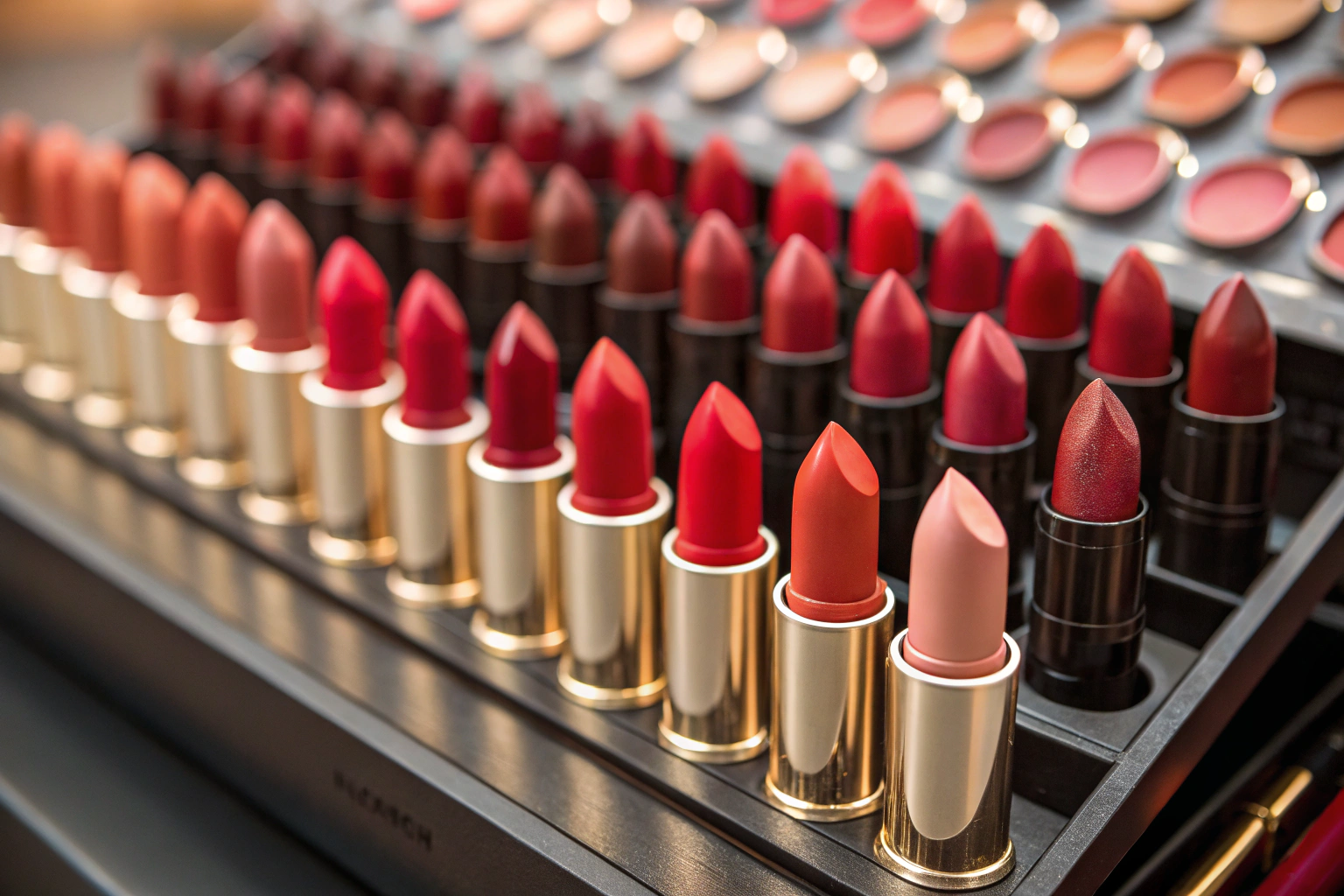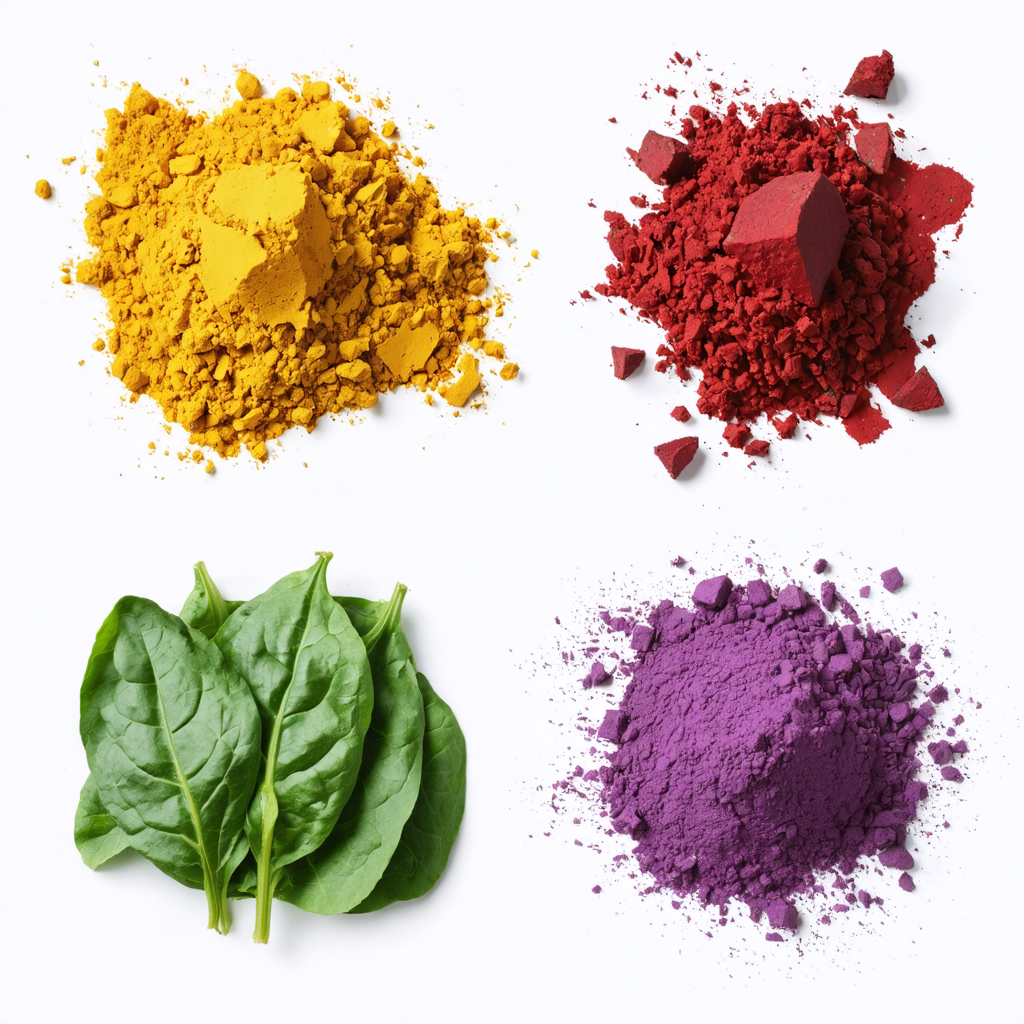Natural food colors are powerful for those who can’t consume particular foods. However, these colors are not only for vegans or people who suffer from gluten allergies. Adding bright colors to your food is like turning on different lights in the room. Apart from that, we can also get some health advantages from them! Discovering how to make these colors is pretty easy using any approach you choose from these eight approaches provided by experts and nutritionists worldwide. Therefore, this article aims at exploring the world of natural food colors for dietary needs. Make your meals delicious today.
Table of Contents
ToggleOverview Of Dietary Restrictions And Their Impact On Food Coloring!

For people with dietary options are restrictions to consider including natural products. These would be beet-root juice (a red coloring agent) among vegans or turmeric whose color resembles yellow in all its forms. There are also such as spirulina that would cater for gluten free individuals whenever need be; it only turns blue but some vegetarians prefer using red cabbage extract whose hue does not pose any danger at all when ingested like so many others.
Each ingredient ensures safe consumption while maintaining vibrant colors. Beet juice has a concentration of 100-150 g\L. Turmeric has a curcumin that makes it yellow at 4-5%. Spirulina has phycocyanin which is a protein that gives intense blue shades. Natural food colors meet all dietary requirements.
Natural Food Color Options For Vegan Bakery Products!

· Spirulina extract
Spirulina extract offers a rich blue color for vegan bakery items. It contains phycocyanin, with a concentration of 15-20%. Use it in vegan cupcakes or blue frosting. Spirulina is gluten-free and allergen-free, ensuring safety. For best results, mix 1g of spirulina per 100ml of frosting. This natural food color enhances visual appeal while meeting dietary needs.
· Carrot oil
Carrot oil provides a vibrant orange hue for vegan pastries. It is rich in beta-carotene, with 20,000 IU per 100g. This is Ideal for coloring vegan carrot cakes or orange muffins. Gluten-free and allergen-free, it is ensuring dietary safety. Add 5ml per 200g of batter for a deep color. Carrot oil combines health benefits with visual enhancement.
· Red cabbage
Red color cabbage yields a natural purple dye for vegan desserts. It contains anthocyanins, contributing to its vivid color. It is perfect for vegan macarons or purple frosting. This gluten-free, allergen-free option is safe for all diets. Boil 100g of cabbage in 200ml water to extract color. Red cabbage adds both nutrition and vibrancy to bakery items.
Natural Food Color Options For Gluten-Free Bakery Products!

· Paprika oleoresin
You may improve the taste of gluten-free bakery items with paprika oleoresin. This natural provided food color is required in many diets including veganism. Try it in gluten-free muffins to get a bright color. It is extracted from the sweet red peppers hence no allergic reactions from the ingredients.
The paprika oleoresin adds a mild taste if mixed in batters or icings enhancing their flavors without overpowering them. A drop or two of it per cup gives off beautiful colors when mixed, so use one to two drops per cup of batter according to individual recipe books’ suggestions. Explore other ways to use the paprika oleoresin in savory gluten-free breads.
· Purple sweet potato
A diet requires a natural food color that is purple sweet potato. This choice suits those requiring gluten free, vegan diets as well as people who are allergic to different things. The outcome will be gluten free cookies that are beautifully colored due to the use of this option.
The purple sweet potato gives slight sugar sweetness when it is boiled before being pureed using 1-2 tablespoons can be added on your recipe. The latter can be used in making an attractive gluten free cake while blending with frosting makes it look like someone took care of aesthetics! Doughnuts can also have Purple Sweet Potatoes in a gluten free recipe.
· Saffron threads
Saffron represents a luxurious color a gluten-free bakery item. This colorant, a producer of nature, is perfect for varying restrictions like vegetarianism or allergens. By which means do you achieve rich yellow coloration in your gluten-free bread as a result of adding saffron into it”? Before incorporating the same too much, you better soak few strands in warm water first!’ And, hence, a gentle-scented taste is provided by saffron strands.
That infused water should be mixed up with various batter mixes as well as pastries.’ Typically, people cannot help themselves from using it on their special gluten-free cakes only.
Natural Food Color Options For Allergen-Free Bakery Products!

· Radish juice
Radish juice gives a vibrant pink color. You can use it in vegan cupcakes. It is ideal for gluten-free pastries too. It’s derived from radishes, so it’s natural and allergen-free. For a gluten-free raspberry tart, use radish juice for coloring. This juice is rich in antioxidants and vitamin C.
· Butterfly pea
Butterfly pea flowers offer a stunning blue hue. They’re perfect for vegan macaroons. They contain anthocyanins, beneficial for health. Use butterfly pea tea to dye gluten-free cookie dough. The color changes with pH, adding a fun twist. It’s free from common allergens.
· Spinach powder
Spinach powder provides a natural green tint. It’s excellent for allergen-free frosting. This powder is rich in vitamins and minerals. Incorporate it into gluten-free matcha muffins. Spinach powder works well in vegan smoothie bowls too. It adds nutrients while maintaining dietary restrictions.
Recommended Recipes And Product Suggestions!

· Beet Cupcakes
Who says beetroot has no color or nutritional benefits? Yes, it is suitable for vegans as well as those who avoid gluten in their diets because of health reasons because of its vibrant color. To replace regular flour with almond flour you will need to use 100 grams making 200ml almond milk necessary ingredient for moisture content hence further making it vegan friendly too while preparing chia seeds as egg substitute before baking at 180°C for 25 minutes so that you can enjoy naturally colored moist cupcakes.
· Spirulina Cookies
Spirulina has high protein content and offers a rich green hue, making it ideal for vegan, gluten-free, and allergen-free diets. You’ll need 150g oat flour mixed with 2 tablespoons spirulina powder plus 50g coconut oil for binding in this recipe. Use agave syrup as sweetener before baking them at 160°C for just 15 minutes making some tasty cookies which are crunchy as well as nutritious that you will eat to your satisfaction.
· Turmeric Bread
Urmeric imparts a yellow hue and helps reduce inflammation, making it an excellent choice for those following a vegan or gluten-free diet. Take 300g of flour free from gluten. Secondly, put 1 tablespoon turmeric powder. Mix well with 250ml coconut milk to give it an indulgently smooth texture. Flax seeds can be utilized as alternative to eggs. Cook in an oven preheated to 190°C for 30min. You will love the taste and color of this bread when you try some.
Conclusion
Adding natural food colors for dietary restrictions will make your meals better. For further tips and products, visit SANTACOLOR where we offer this and much more. See how easy it is to make recipes look amazing by using natural colors instead of artificial ones. This way you will maintain both good looks as well as sound health through nutrition on a daily basis.




